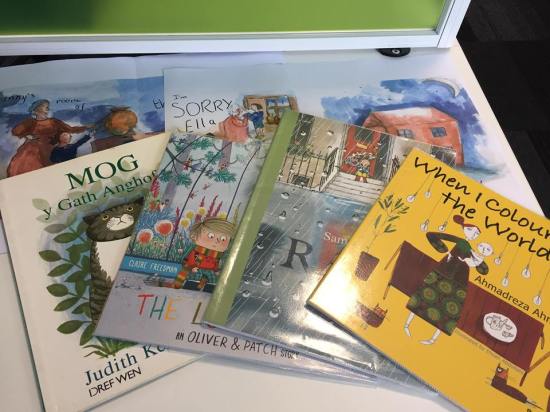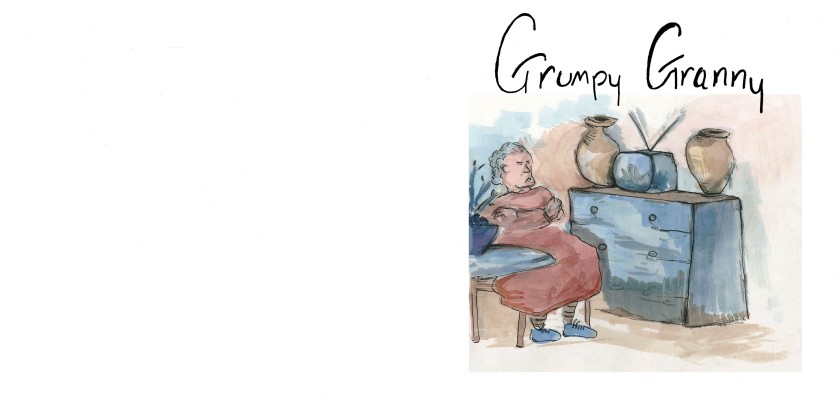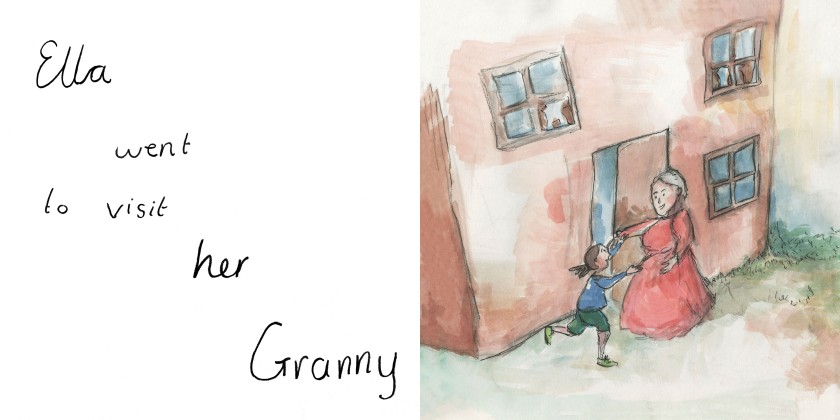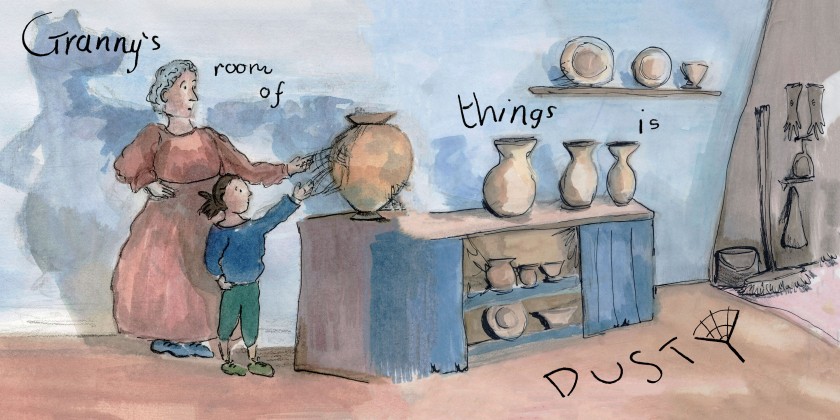In search for example children’s books I have been to the local Llandaff North library to review the short narratives and illustrations.
I picked out four books from the children’s books section that I was drawn too from the imagery and titles of the books.

The MOG book I immediately recognised for its acclaimed story work and illustrations. Although I didn’t know the Welsh language I simply used the heavy use of imagery to understand the story to which I could make good sense of being the irritating yet loveable and heroic MOG cat that he was in this story.
This research was targeted towards combatting my areas of difficulty around designing my front and back cover, copy right page, fonts and word and image layouts.
I was also taking inspiration for future work on self writing another story for my future children’s book.
This book entitled ‘When I coloured in the World’ written by Ahmadreza Ahmadi and illustrated by Ehsan Abdollahi was a beautiful read and experience. I loved the repetition and the act of inspiring change with ideas and action. This is a book of shining hope and empowering the reader to take control and take action.
The illustrations were colourful and extraordinary. This book layout employed a separate page for text and image. This way I could really take in the meaning of the words and the image into two experiences in harmony with each other. I came away feeling particularly happy from reading this book that is important for both children and adults to encourage a healthy and happy mental health.
Another book that I really enjoyed and thought was a simple and a relatable book was called ‘RAIN’ written by John Usher and designed by Genevieve Webster.
It is interesting to see the collaborations of authors and illustrators asI have interest on forming such future partnerships myself.
I loved this book because it reminded me of the pain of my severe boredom as a child stuck indoors because of the bad weather. I liked how imaginative the ideas of how much fun there is to be had out of playing in the rain as the child expressed to his granddad who sensibly had them wait to go outside until the rain had stopped. The joy in the water left over by the rain had been worth the wait in the end and it had been a rewarding experience for both reader and character.
From this research I have gathered an idea of formats that can aid me with my own childrens book development.




























